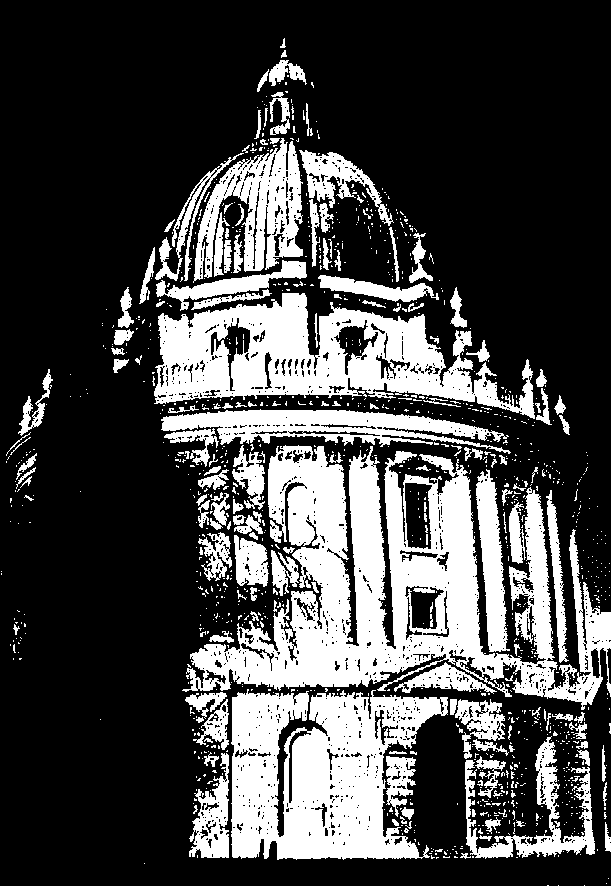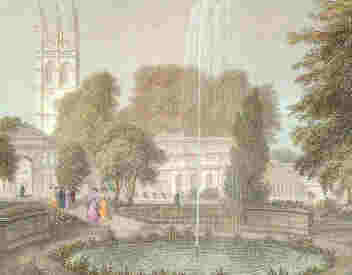The name of Dr John Radcliffe abounds in various quarters of the city; his memory is perpetuated in an observatory, two libraries, a college quadrangle, travelling fellowships for medical men and two hospitals. Radcliffe, the son of an attorney, was born at Wakefield, Yorkshire in 1652 . He claimed relationship with the Earl of Derwentwater and assumed the Derwentwater coat of arms. After Dr Radcliffe died, the College of Heralds refused to accept his alleged relationship and forbade the Derwentwater arms being displayed on any buildings erected from his estate but Oxford University paid not the slightest heed to their order and the arms appear on several buildings in the city.
Radcliffe died in 1714, leaving £140,000 in his will for the enlargement of University College, for travelling medical scholarships and for a library. However his will makes no mention of an infirmary or an observatory : both these projects were financed from the residue of his benefaction on the suggestion of its trustees.
In 1930, the observatory was threatened with demolition to provide a site for a block of flats but Lord Nuffield mercifully intervened, purchasing it and its grounds for medical research. It is now part of Green College.

